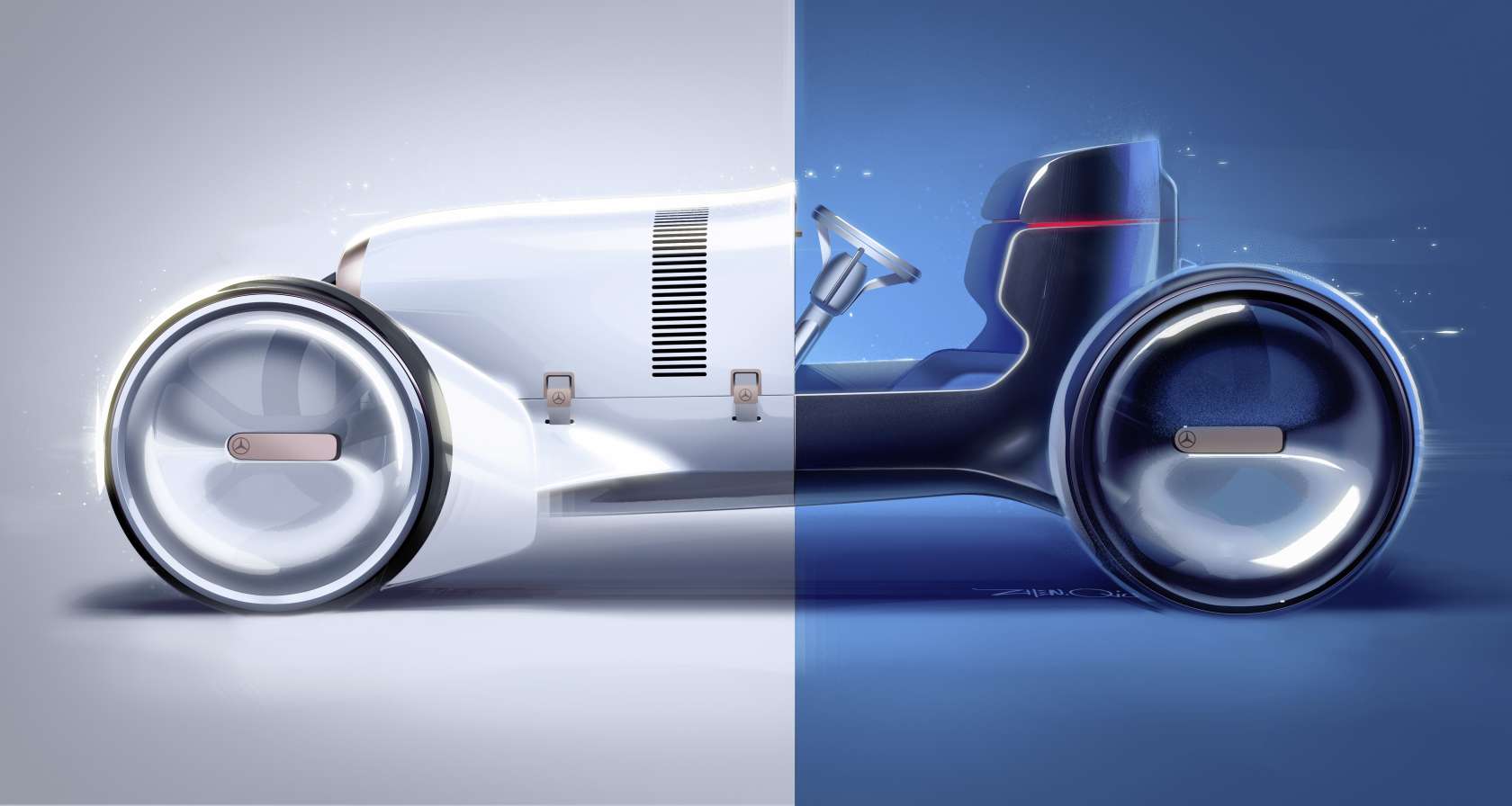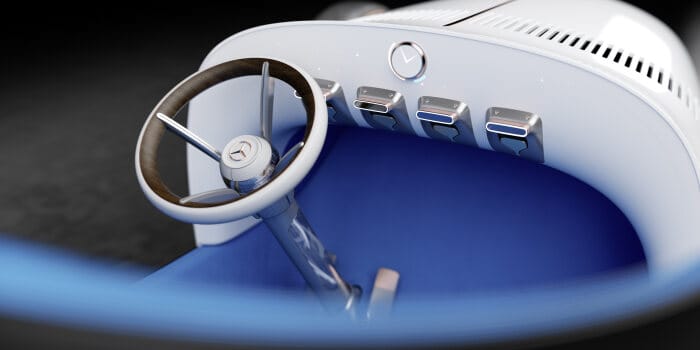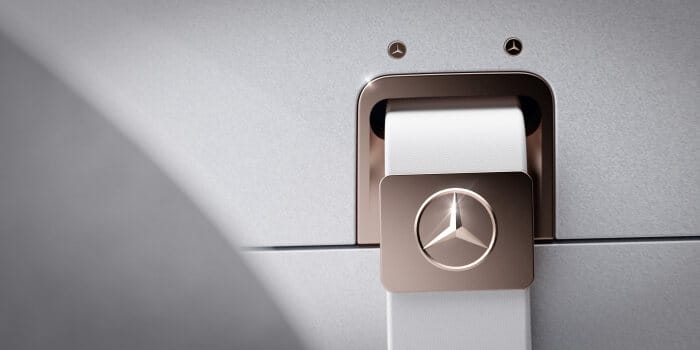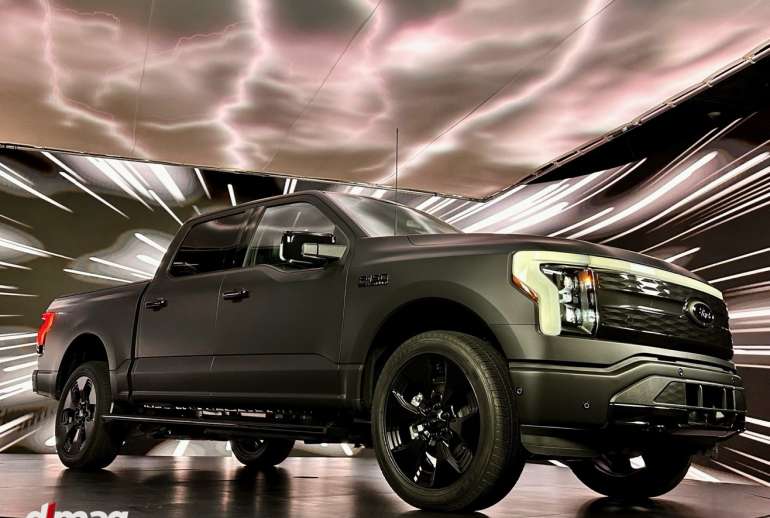Mercedes-Benz recently unveiled the Vision Mercedes Simplex. It’s a concept car for the future but inspired by a glorious past. And while concept cars are mostly interpretations of future design idioms, the Vision Mercedes Simplex is the exact opposite.
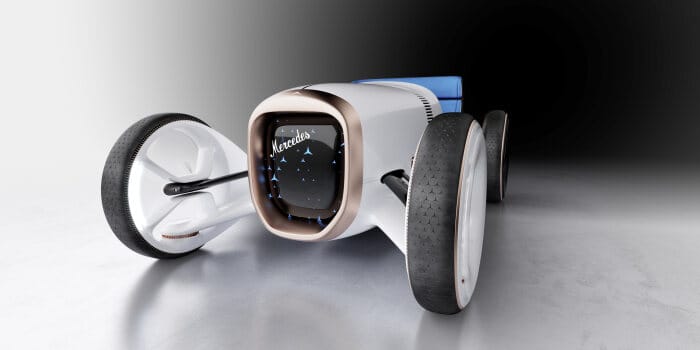
Clearly, this type of design is not meant for production, but that’s not the point. In a world where complexity is forcefully simplified to satiate demand, Vision Mercedes Simplex is a breath of fresh air. There are no touchscreens, sloping roofline, or reverse-helix diagonal doors. It’s the future of motoring at its most simple and basic element.
Vision Mercedes Simplex is a concept car with retro DNA
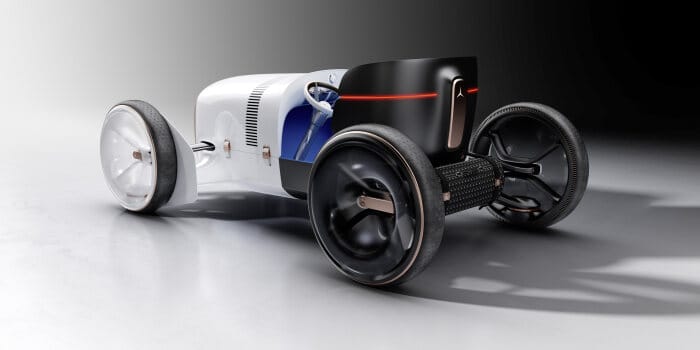
We’re talking about a true concept car, but why does Vision Mercedes Simplex look familiar? The reason for this is heritage. The car is actually inspired by the 1901 Mercedes 35 PS, which many look upon as the first-ever modern car. It first appeared at Race Week in Nice and it was unlike anything the world has ever laid eyes on.
Back then, automobiles are nothing but glorified horse carriages – without the horse, of course. Designed by Wilhelm Maybach and Paul Daimler, the car was produced by DMG (Daimler-Motoren-Gesellschaft) in Stuttgart for Austrian businessman and diplomat Emil Jellinek. In fact, the Mercedes 35 PS was originally designed as a racing car.
The Mercedes 35 PS established what a modern vehicle should look like

From then on, the Mercedes 35 PS became the benchmark of future car design. Today, the legacy lives on, and it got us thinking: if not for the Mercedes 35 PS, how would cars look like? It was the first internal combustion automobile with a flat vehicle layout and with an engine mounted low down in the frame. It, too, had a honeycomb radiator integrated front and center to assist engine cooling.

This vehicle layout became the technical basis of all cars since then and is the reason why the Mercedes 35 PS remains one of the most iconic vehicles of all time. The concept presented by Mercedes pays respect to the vehicle that started it all for the brand. “The Vision Mercedes Simplex symbolizes the transformation of the brand-specific luxury of Mercedes-Benz”, says Chief Design Officer Gorden Wagener. “Only a brand that is as strong as Mercedes-Benz is capable of the physical symbiosis of history and future.”
Vision Mercedes Simplex proves there’s beauty in simplicity

Humans have a natural inkling of harking back to the past. When it comes to cars, we all love futuristic concepts running on clean energy and learning A.I. interface similar to Mercedes-Benz’s very own EQS electric concept car, which is basically the flagship S-Class luxury car of five or ten years from now.
However, there’s something very right about Vision Mercedes Simplex. The dominant horizontal alignment of the vehicle and those four outboard wheels with exposed linkages are purely old-school in their execution and design.
It doesn’t have a windscreen, but it has the coolest radiator grille

Why? Because vintage racing drivers don’t need a windscreen. Besides, that’s what goggles are for, right? On a more serious note, removing the windscreen allows for a seamless transition from the front-end flap to the instrument panel – apart from the giving the vehicle an authentic race-ready vibe.
But Vision Mercedes Simplex is still a modern concept car, and the biggest tell is the digital radiator grille flanked in a rose gold frame. The black panel display is similar to what you’ll find in Mercedes’ EQS Concept and is utilized to display the status of the vehicle when parked.
Vision Mercedes Simplex is a two-seat race car
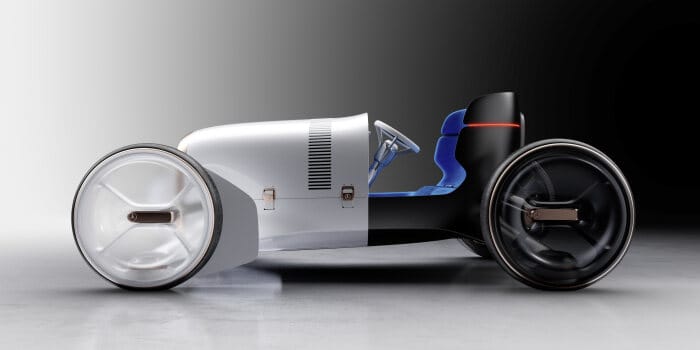
There are more tasty details in Vision Mercedes Simplex. The interior has a luxurious two-seater bench seat with handmade Chesterfield quilting. The steering column emanates from the floor like a true-blooded hot rod. There’s even a luggage bag attached to the back end for some ample storage room.

Mercedes didn’t say what powers their latest creation, but the German carmaker did say the vehicle is motivated by ‘alternative drive’ propulsion. Maybe an electric-hydrogen powertrain is in the works? Only time will tell.
The likelihood of Vision Mercedes Simplex entering production is slim to none. Nevertheless, this exquisite combination of simplicity and mechanical beauty is sure to inspire the vehicles of tomorrow.

